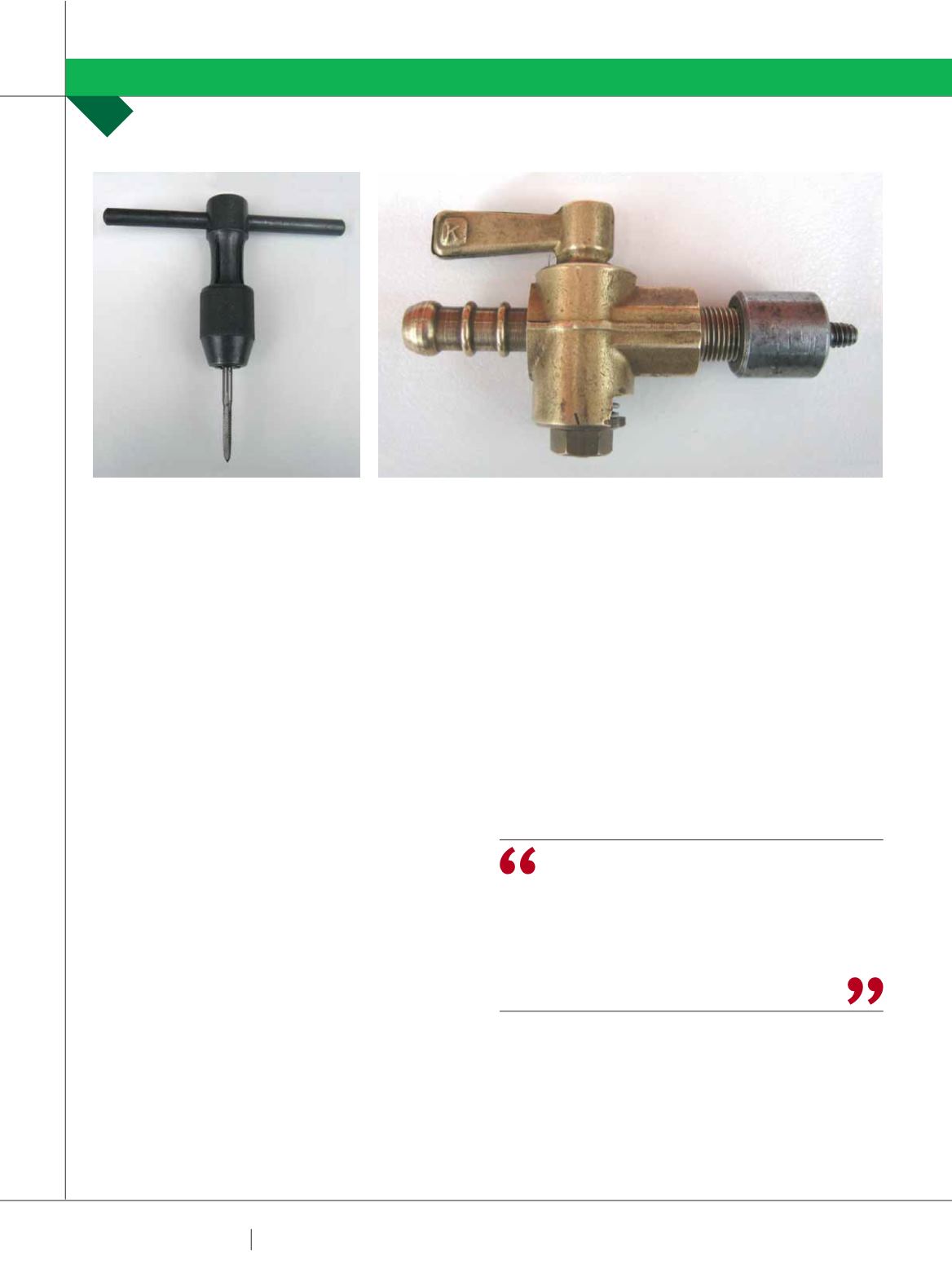

7 8
PLUMBING CONNECTION
AUTUMN 2015
That leaves the second method. However, before using
a pressure test piece you need to understand that it would
involve disconnecting the fitting line from the gas meter,
removing the test point screw and making any necessary
adjustment of the meter regulator.
Doing this contravenes the Gas Distribution System Code
and would be classed as tampering with the meter. Only
the distribution company or its appointed representative is
allowed to intervene. If an incident occurred, investigation
would determine whether anyone touched the gas meter,
and charges could be laid.
DIVERSITY CONTRADICTION
The gas distribution company’s advice on diversified gas
load is quite concerning when it comes to correct operating
pressures.
Diversity factors are based on not having all appliances on
at the same time.
A simple explanation is that a 200Mj continuous-flow
hot water service in a residence with one bathroom would
operate with full gas flow only at start-up. It would then
modulate to a lower rate.
If the same appliance was servicing three bathrooms, the
potential for simultaneous operation at peak periods would
be greater.
In the old days the typical dwelling had a cooker, storage
hot water service and a space heater with a maximum gas
load of 200Mj.
But the world has changed, and a single continuous-flow
hot water service of 200Mj in full operation would limit
the remaining gas volume from a standard 6m³ domestic
gas meter. In these days of open-plan living there could be
ducted heating consuming 120Mj or 150Mj, and the cooker
might also be on.
One size – and in this case one rule (“therefore gas
meters are sized to provide the anticipated diversified gas
load”) – does not fit all.
The plumber/gasfitter is required by AS/NZS 5601-2013
to size a gas installation to suit the connected gas load.
Moreover, pressure of 1.13kPa must be provided at the inlet
to every control device on every appliance in the installation
when they are all operating.
In fact, the gas meter might be sized to suit a diversified
load at a supply pressure of only 1.1kPa.
Talk about a plumber being under pressure to do the work
safely and effectively!
If the supply pressure is insufficient to serve an
installation, the plumber has no authority to make any
adjustments at the meter assembly.
When it comes to testing a gas installation, there is now
quite a gap between what is practical and what is required to
do the job correctly. But one thing has remained constant:
you must have all the required ‘energies’ to ensure that
Not all gas meters incorporate a test point at the oitlet of the meter. Many Victorian plumbers were taught to drill and tap
the fitting line at a point close to the meter and insert a gas cock for pressure testing that would be later removed.
GAS MATTERS
ROGER LAMBIE
WHEN IT COMES TO TESTING A GAS
INSTALLATION, THERE IS NOW QUITE
A GAP BETWEEN WHAT IS PRACTICAL
AND WHAT IS REQUIRED TO DO THE
JOB CORRECTLY.
















